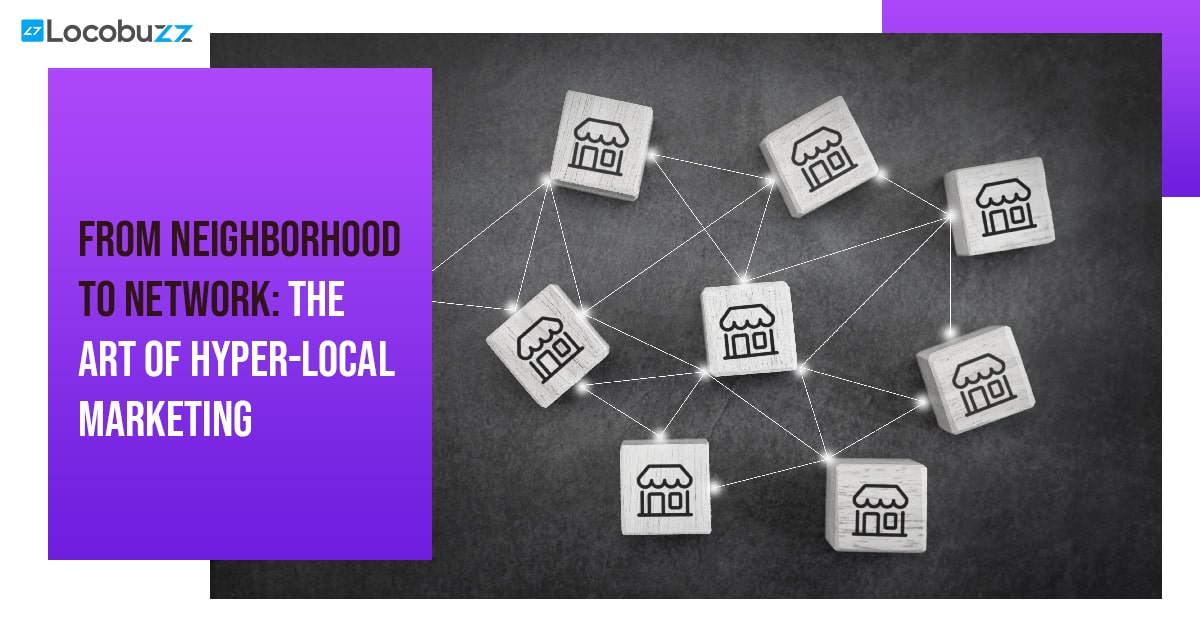What is Digital Customer Experience? Trends & Strategies

The online voyage that your clients take whilst interacting with your brand is known as the “digital customer experience.” This may involve actions like researching your product online to learn about its features, looking through online reviews, finding out about customer care or self-service portals to help with the service, or interacting with your mobile app. More such interactions include website visits, mobile app downloads, chatbots, and interactions on social media channels.
In the digital customer experience, all customers’ touchpoints are virtual and this reflects on the Google My Business Reviews dashboard as well. It is imperative to understand and analyse the customer’s perception of the brand and their experience. A seamless experience will ensure customer satisfaction. It’s only obvious that the more delightful this journey is, the more you get the chances of making loyal customers.
To make this experience delightful, paying attention to all operational aspects is important. It will include the click-on landing page to check out the cart. The journey within this navigation between landing page to cart will decide whether you will make a loyal customer or brand promoter. Engaging customers through this navigation is important to generate sales.
Digital Customer Experience & Customer Experience
Digital customer experience is a part of the larger Customer Experience and includes all kinds of digital interactions on any digital channel like social media, email websites or mobile apps. On the other hand, customer experience is nothing but showing empathy and creating a human connection, while digital customer experience is the online version of all these efforts.
In the customer journey, it is crucial to maintain consistency when it comes to digital platforms. Customers don’t think like marketers; for them, it’s what you provide all across the channels as a seller. Give them consistent experience throughout the journey by leveraging the best tool to manage customer experience.
How to manage the Digital Customer Experience?
Never miss out on the human element in your planning, as customers can sense this disconnect. Though companies are taking the customer data, they are still not interested in taking feedback or interactions.
This practice might lead the customer toward a bad brand experience. To avoid the same, here’s what you need to ask yourself to boost their DCX – digital customer experience
You must first thoroughly understand your audience. Do you have the top, centre, and bottom of the funnel covered? How does each funnel attract those customers?
Next, pinpoint the audiences’ personas. What traits do the customers display towards the brands?
Be prepared to provide relevant content and experiences for each stage of the client journey. As a brand, ensure you use consumer insights to personalize digital experiences at every stage of the customer journey.
Here are the key metrics that you need to keep a track of in order to improve your CSAT score, thereby, boosting the digital customer experience at scale.
- Customer retention rate
- Customer churn rates
- Lifetime customer value
- Brand equity
- Costs of service

Importance of Digital Customer Experience
Selling good products or omnichannel customer service is not enough these days; giving the best experience at every step of the buyer’s journey is important. Give your audience a 360-degree experiential journey and make them loyal.
- As per the research, 91% of customers are more likely to buy if they had a positive experience the first time.
- If your customer faces any service-related issue with your brand, he or she will surely go to your competition.
- Brands will visibly win customers with higher satisfaction ratios – as high as 306% – if they provide personalised and emotional experiences in the overall customer journey.
The best example here is Google Vs. Yahoo. Google worked on search, and Yahoo was focused on unrelated fancy features. This has allowed Google to grow rapidly; later, all such features were also introduced by Google.
Top 5 Digital Customer Experience Trends & Strategies
Here are some latest digital customer experience strategies and trends that can leverage you.
1. Opt for customization

It’s crucial to give a personalized experience from start to end of their journey, don’t let them feel like a cog in the machine. The precise use of artificial intelligence and machine learning can help to enhance this personalization.
Chatbots powered with AI can solve the purpose, use the e-commerce content as per the audience segment, use proper CTAs, and real-time brand monitoring on social channels. Resolve issues in no time and build a trust bond with the customer.
Work on the retention rate and keep improving it.
2. Add digital touchpoints
It’s imperative to include digital touchpoints as we provide to customers in physical purchases. Add the digital touchpoints as per the customer journey. Here are some examples of digital touchpoints-
- Use articles or blog posts
- Podcasts
- Webinars
- SMM posts
- Emails
- PPC ads
- Chats
- Videos
You can use all these as digital touchpoints for your prospective customers.
3. Intent Alignment
Align your content based on the user’s search intent; in simple words, give exactly what people are looking for on Google or any other search engine.
The use of exact match keywords and long tail keywords helps to reach more audiences over the search engine. Make sure whatever keyword you have selected has enough information on the landing page or website; otherwise, it will spike in bounce rate.
4. Produce high-quality content
Good content is a valuable asset. It has the power to give your potential consumers information, educate them and peak their interest that will thereby encourage them to engage with you again. To stand out in the crowd of cluttered content present everywhere, high-quality content will work.
Try to answer your customers’ questions or solve their problems with your content. Educate your target audience and use photo-filled content pieces.
5. Optimize for Mobile

No matter how good your website performs on desktop, you are surely missing most customers if it is not optimized for mobile.
As per Google, 90% of traffic is coming from mobile devices. Hence it is essential to optimize your website for mobiles. Use fast-loading image and video format. Use easy-to-use CTAs for mobile devices.
Prefer the fastest load time and deploy a quick check. Take a mobile-friendly test to ensure the speed and functionality as per Google guidelines.
It has been proven that good digital customer experience tools provide more organic traffic and improve the conversion rate. Good digital customer experience improves customer value and lowers acquisition costs.
This is a secret recipe for a successful business.
Still, have doubts about digital customer experience? Looking for professional help? Call Locobuzz today and get the best CX tool for your venture.























